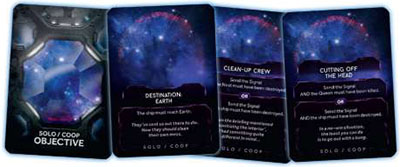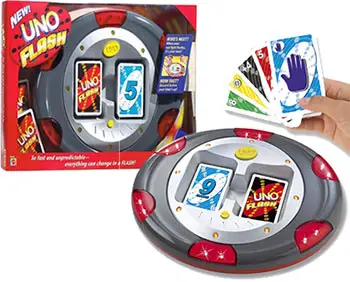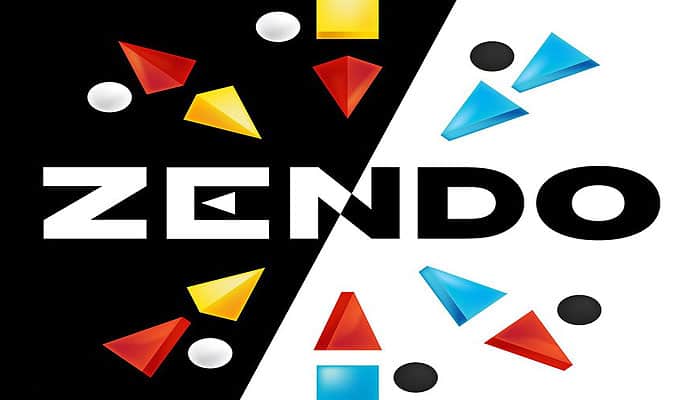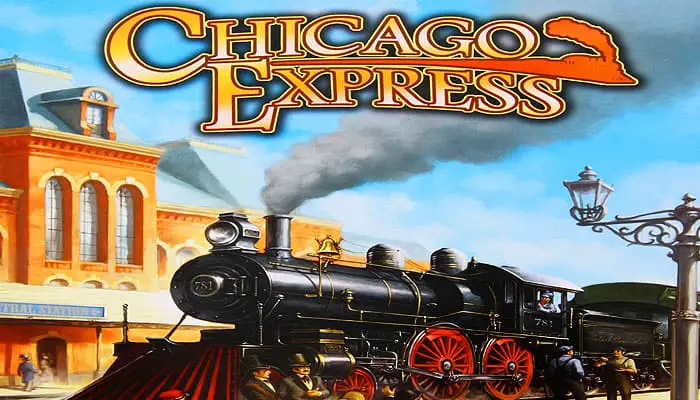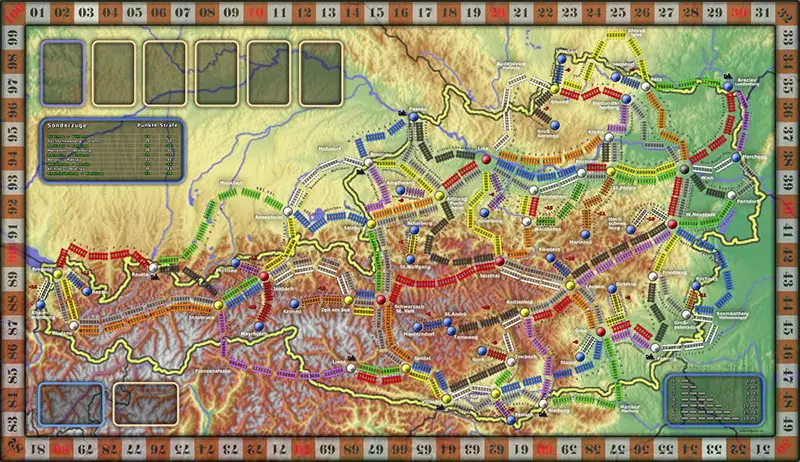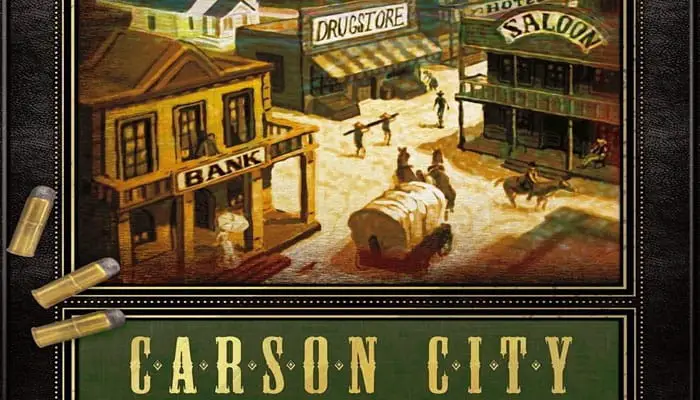
The board represents the New York Chinatown of the mid-60's. It is divided into 6 districts containing buildings numbered from 1 to 85.
A game is played over 6 rounds. In each round, the players receive income from the businesses they have managed to establish. To generate the maximum income, shops of the same type need to be built on adjacent buildings.
At the beginning of each round, players draw new Building cards and new Shop tiles. They must then use their negotiation skills to acquire adjacent buildings and establish businesses. …



